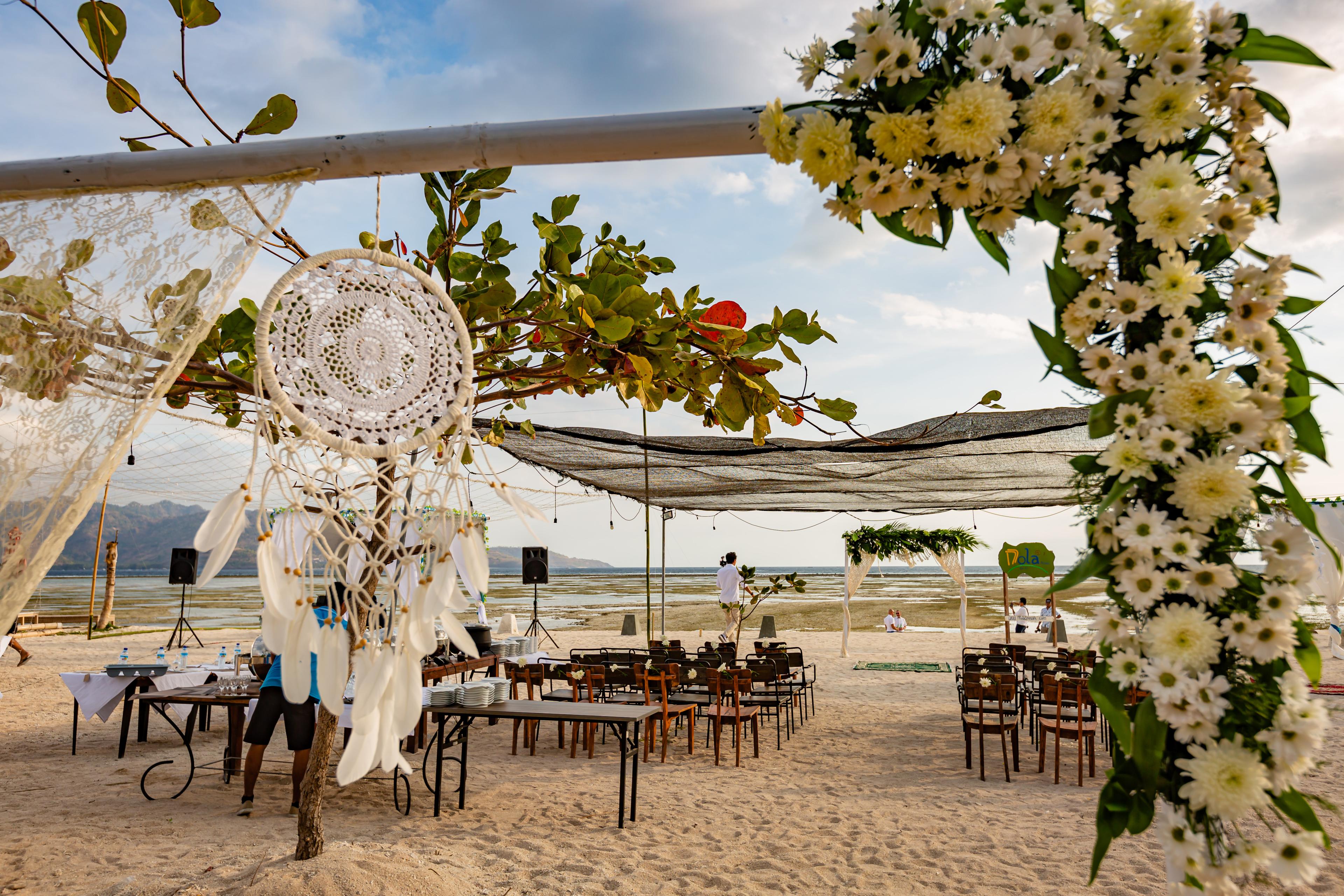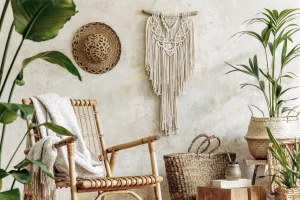
Eco-Friendly Elegance: Sustainable Practices in Balinese Furniture Craftsmanship
- Home
- Single Blog

Eco-Friendly Elegance: Sustainable Practices in Balinese Furniture Craftsmanship
Balinese furniture has long been celebrated for its artistry and elegance, but its appeal goes beyond aesthetics. It encompasses a commitment to eco-friendly and sustainable practices, making it a conscious choice for those who appreciate not only the beauty of their surroundings but also the preservation of the planet. In this article, we will explore the eco-friendly aspects of Balinese furniture craftsmanship, from responsible material sourcing to ethical labor practices, shedding light on how this furniture contributes to a greener world.
1. Responsible Material Sourcing
Balinese furniture artisans take great care in selecting the materials for their creations. Sustainable woods like reclaimed teak and bamboo are favored choices, as they are renewable resources that help reduce deforestation. These materials are harvested in a responsible manner, ensuring the longevity of the forests and minimizing the impact on local ecosystems.
2. Eco-Friendly Production Methods
The production of Balinese furniture prioritizes eco-friendly methods. Water-based adhesives and finishes are commonly used instead of traditional solvent-based ones, reducing toxic emissions and promoting indoor air quality. Furthermore, the local artisans often employ low-impact production processes, minimizing energy consumption and waste generation.
3. Ethical Labor Practices
Balinese furniture craftsmanship places a strong emphasis on ethical labor practices. Artisans are paid fair wages and work in safe conditions, ensuring that their well-being is as valued as the products they create. This approach not only supports the local community but also aligns with the principles of social sustainability.
4. Upcycling and Recycling
Balinese furniture often incorporates upcycled or recycled materials, diverting waste from landfills and giving new life to old objects. This creative approach not only minimizes environmental impact but also adds a unique and characterful dimension to the furniture.
5. Longevity and Durability
Balinese furniture is crafted with an eye toward durability and longevity. These pieces are designed to withstand the test of time, reducing the need for frequent replacements and minimizing waste.
The Benefits of Eco-Friendly Balinese Furniture
- Reduced Environmental Impact: By choosing eco-friendly Balinese furniture, you contribute to the reduction of deforestation, lower carbon emissions, and decreased waste in landfills. Your choices have a positive impact on the environment.
- Healthier Indoor Environments: Balinese furniture often utilizes non-toxic and low-VOC (volatile organic compound) materials, which can significantly improve indoor air quality, creating a healthier living space.
- Long-Term Savings: While eco-friendly Balinese furniture might have a slightly higher initial cost, the durability and quality of these pieces can lead to long-term savings by eliminating the need for frequent replacements.
- Support for Ethical Practices: By choosing Balinese furniture crafted with ethical labor practices, you support the welfare of the artisans and help ensure that responsible manufacturing is a standard in the industry.
The Green Aesthetic of Balinese Furniture
Beyond its eco-friendly qualities, Balinese furniture captivates with its timeless beauty, intricate carvings, and inviting textures. When you bring eco-friendly Balinese furniture into your home, you’re not just adding elegant decor; you’re making a conscious choice to be a steward of the environment. The green aesthetic of Balinese furniture reflects the island’s commitment to sustainability and offers you the opportunity to furnish your living spaces with elegance and a clear conscience.





